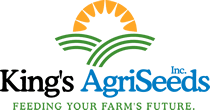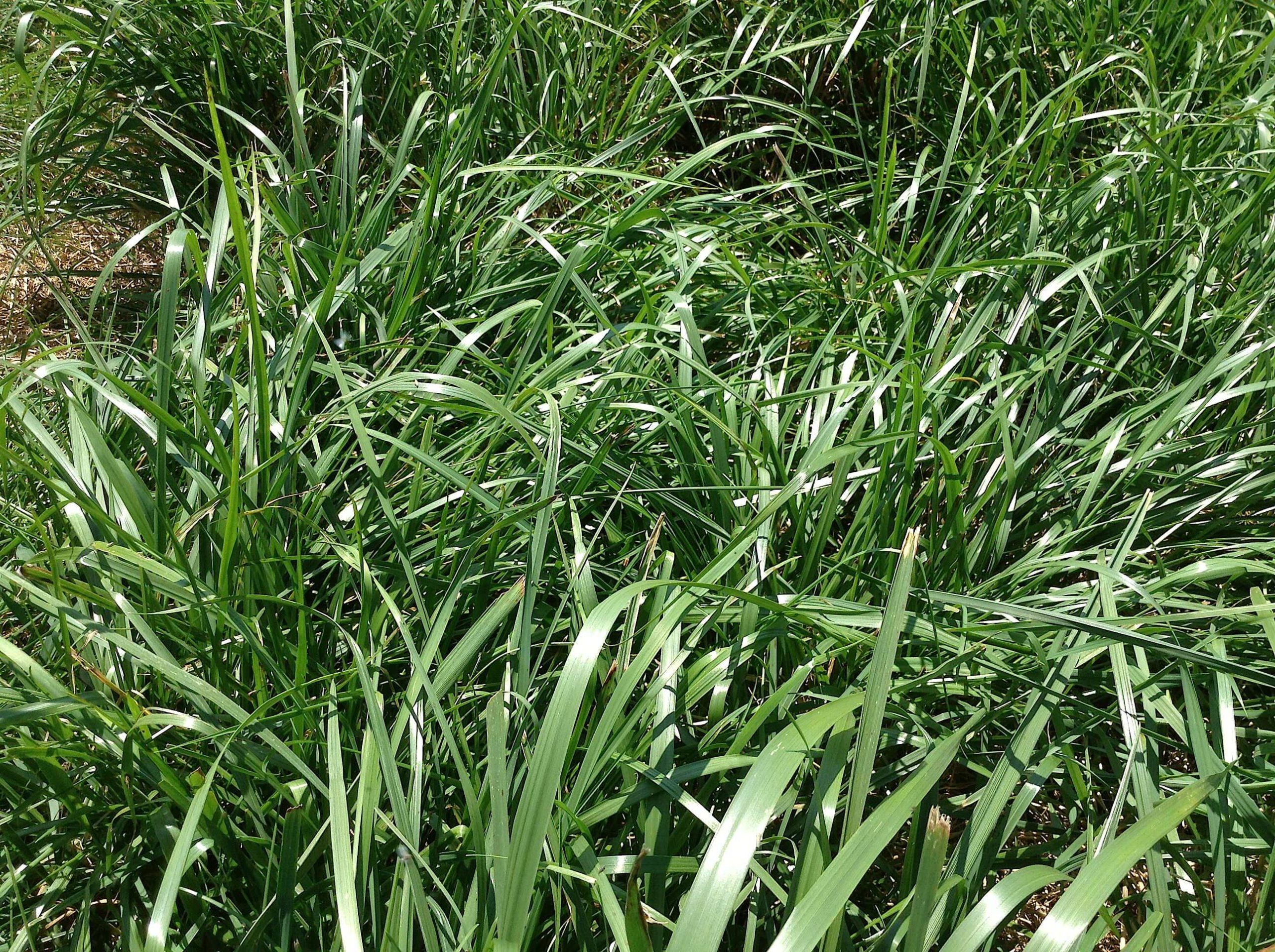Liherold Meadow Fescue is a top performing variety with strong early growth, regrowth, persistence, and winter-hardiness. It has excellent tolerance to rust and total dry matter yield when planted in USDA zones 4&5.
Of all the different grass species, meadow fescue has one of the broadest ranges of application. From dry hay to pasture, from heavy soils to light, meadow fescue can provide good tonnage and excellent quality.
Meadow fescue is a semibunch type, cool season, European grass that has great winter hardiness. It will yield slightly less than tall fescue and orchard grass but has better fiber digestibility and palatability for grazing applications.
Although meadow fescues do contain endophytes they show no signs of having detrimental effects on livestock. Meadow fescue endophytes produce only the protective alkaloids that contribute to heat and drought tolerance, while tall fescue endophytes produce both protective and harmful alkaloids.
Fertility:
Commercial fertilizer or manure at a rate of 50# N/A at planting time and approximately every other grazing. If machine harvesting, 50# N/A should be applied at green-up and after each cutting. Finally, follow soil test recommendations.
Grazing and Harvest Tips:
Rotational grazing is preferred and will increase yields and animal performance, as well as ensure stand longevity. Graze at approximately 10 -12 inches and remove animals at 3-4 inches. When grazing Liherold, reduce grain levels and consider adding more fiber to the ration. For high quality hay, harvest at boot stage.

